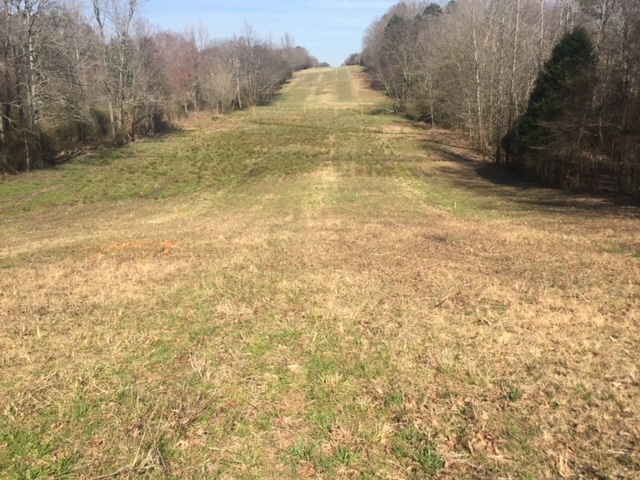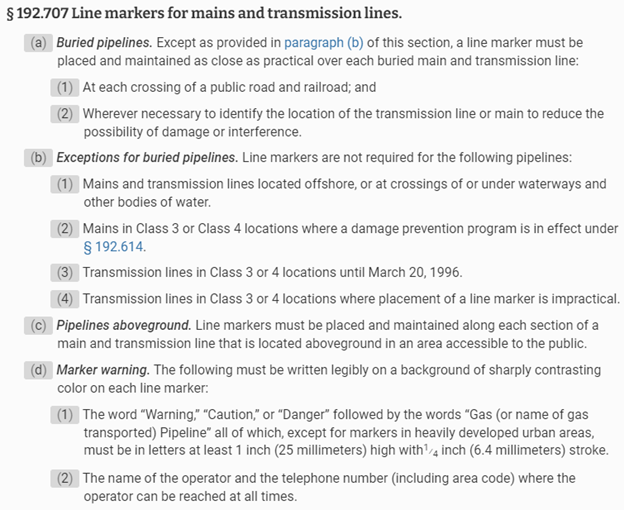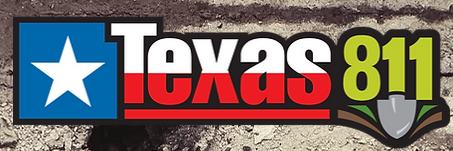
How to learn about the Pipelines on your land?
If you are looking for information about a pipeline on your property in Texas you’ve come to the right place. There are three ways to find out information for the pipeline operator on your property. You can use an online map service, locate pipeline marker signs with contact numbers, or use the Texas OneCall system.
In this article, I’ll walk you through each option while taking you step by step to the information you’re looking for. I’ll also tell you a bit about Texas pipelines and why some options for contacting the owner/operator are better than others.
There are two primary sources of information at your fingertips that can help you in short order, PHMSA and the Texas Railroad Commission. Each is a regulating entity that issues and enforces standards for pipeline owners and pipeline operators to follow. The good news is that pipeline information is mostly public AND readily available through each organization if you know where to look.
First let’s cover what kinds of pipelines are in Texas.
Types of Pipelines in Texas
Texas has 480,000 miles of pipeline infrastructure and include gathering, transmission, and distribution lines. Pipelines come in a variety of sizes, generally ranging from 3” to 42” in diameter, and are used to transport a number of products, including water, natural gas, natural gas liquids (NGL), crude oil, and refined products (Gasoline, diesel, jet fuel, etc). Pipelines are designed to lay 42” or more under the ground; however, older pipelines or pipelines in eroded areas may lie just inches below the surface.
Pipelines have been made from many materials over the years, including carbon steel, cast iron, wood, polyethylene, and PVC. Modern cross-country pipelines today are either made from carbon steel or polyethylene.

The specific regulations that a pipeline operator must abide by depends which product the pipeline carries and whether the pipeline is classified as a gathering, transmission, or distribution system.
Transmission Pipelines
Texas has 79,000 miles of transmission pipelines. Transmission pipelines are used to move crude oil, natural gas, or refined liquids long distances. Despite what you may think, pipelines are the safest way to transport these products in bulk.
Transmission systems typically hold the highest levels of regulations as they are generally larger and under more pressure. Operators must frequently inspect and monitor the integrity of the pipeline system. Transmission pipelines are all regulated by PHMSA and must abide by a lengthy set of standards they set.

The transmission pipeline above is 36″ in diameter and operates at a high pressure to move natural gas.
If you have a transmission pipeline running across your property, chances are it is in a well marked and well maintained right-of-way (ROW). You are likely mailed regular letters regarding the pipeline through one of the public awareness campaigns transmission pipeline operators are required to participate in.
Gathering Pipelines
Texas has 179,000 miles of gathering pipelines, with more being put into service every day. Gathering systems are used to aggregate products (usually from producing wells) from large areas into larger and larger pipelines. These gathering pipelines usually start at about 3” in diameter and increase in diameter as you downstream along the system. Looking at a gathering system map usually looks like the root system of a tree.
Historically, gathering pipelines have been the pipelines with the poorest markings and sometimes have poorly maintained ROW’s. They represent the bulk of the pipelines
Many gathering systems in west Texas and the Permian basin are now polyethylene (poly) but will have a tracer wire run along with the pipeline so it can be found with a pipeline locator.
Distribution Pipelines
Distribution pipelines are usually gas systems that are used to provide natural gas to homes and industrial end users. Texas has 161,000 miles of distribution lines. These systems are usually less than 6” in diameter and go all the way down to 1.5” as it connects to your home. Distribution pipelines are usually under lower pressures (<60psi) and will not have signage or pipeline markers associated with them.
Using Pipeline Markers for Pipeline Operator Contact Information:
This sounds easy enough, if you can find a pipeline marker you can simply call the number on the sign.
Who will answer the number you call? Chances are it will be a local pipeline operations contact associated with the operator of that pipeline. They will have an understanding of that particular pipeline such as where it runs, it’s normal operating pressure, and will have responsibility to maintain the system and the ROW.
It is important to understand that not all pipeline operators are under the same regulatory requirements to post signage.
Transmission pipelines (Gas & Liquids) are required by law to provide signage but gathering and distribution systems do not have signage requirements. This regulation comes from PHMSA and says that markers should be at each road crossing or wherever necessary to identify the location of the transmission line to reduce the possibility of damage or interference.

This rule specifically applies to gas transmission pipelines. Unfortunately, gathering and distribution lines do not have the same requirement for signage.
Using the Texas Railroad Commission Online Mapping System
This is the best way to find out information about a pipeline on your property in Texas. This website contains information about both gathering and transmission pipelines.

- Start by heading to the Texas Railroad Commission GIS Viewer Page. Then click on the “Launch Public GIS Viewer” button.
- Use your mouse to zoom to your property or to your area of interest. To help here I recommend changing the base map from “streets” to “imagery with labels”. Just click this
 icon on the top of the screen and select “Imagery with labels”.
icon on the top of the screen and select “Imagery with labels”. - Next click on “Visibility” on the top left of the screen and make sure that “Pipelines” are checked. You can also ensure wells are checked in case you want information about oil/gas wells.
- Once you have the view of your property you like, you should be able to see whether there is a pipeline running across it (usually indicated by a green line). If there is, you can hover your mouse over the pipeline and the Commodity (product in the pipeline) as well as the pipeline operator will be shown.
- To get more information click on the
 icon on the tool bar above and select “pipelines”. Then mouse over to the system and click on it. Now you’ll see even more information, including System name, diameter, status, and the T4 Permit Number. All of this information should help you in the event you want to call and get more information about the line. If it is an “in service” system it should have a contact number for you to call. If it is an abandoned pipeline there may be no number to call. In the event there is no number to call on the site you can look up the operator information on TexasPipelines and check out their link HERE.
icon on the tool bar above and select “pipelines”. Then mouse over to the system and click on it. Now you’ll see even more information, including System name, diameter, status, and the T4 Permit Number. All of this information should help you in the event you want to call and get more information about the line. If it is an “in service” system it should have a contact number for you to call. If it is an abandoned pipeline there may be no number to call. In the event there is no number to call on the site you can look up the operator information on TexasPipelines and check out their link HERE. - If you having trouble here feel free to reach out to me directly and I’ll try to help you myself.
Using the Texas Onecall System
The purpose of the Texas Onecall system to prevent someone from inadvertently striking a pipeline or underground utility during construction or excavation. It is designed to help you notify the owners and operators of underground pipelines and utilities that you plan to excavate within a certain area and provide them 48 hours to come out and mark their lines with flags or stakes. This way you can excavate safely without damaging them or injuring yourself.

Anytime you plan on excavating 16” or more below the ground it is HIGHLY recommended that you place a “onecall”, it’s also state law that you provide two days notice of excavation. If you are hiring a contractor to perform excavation, it is their responsibility to place a onecall.
I’ve personally performed dozens of onecalls and I can tell you it’s an easy process. If you’re in Texas, simply call 811 and they’ll get you going. You can also use the 811 Online portal to get it done virtually.
If you plan on excavating near the area where the pipeline on your property is located, the operator of the pipeline is required by law to respond to that onecall and let you know if their pipeline is at risk of being struck based on the area you intend to excavate. Their response will contain their contact information.
About the Author
Michael Morrow is the founder of the Texas Landowner’s Association and a land agent in the state of Texas. He is dedicated to ensuring landowners have the resources, information, and platform they need to effectively accomplish their personal goals for their property. His undergraduate and graduate level studies at Texas A&M were focused around Rangeland Ecology and Wildlife Management. He’d love to help you with your next purchase or help take your property to market. You can reach him here by emailing Michael@LandAssociation.org

2 thoughts on “How to learn about the Pipelines on your land?”
Comments are closed.